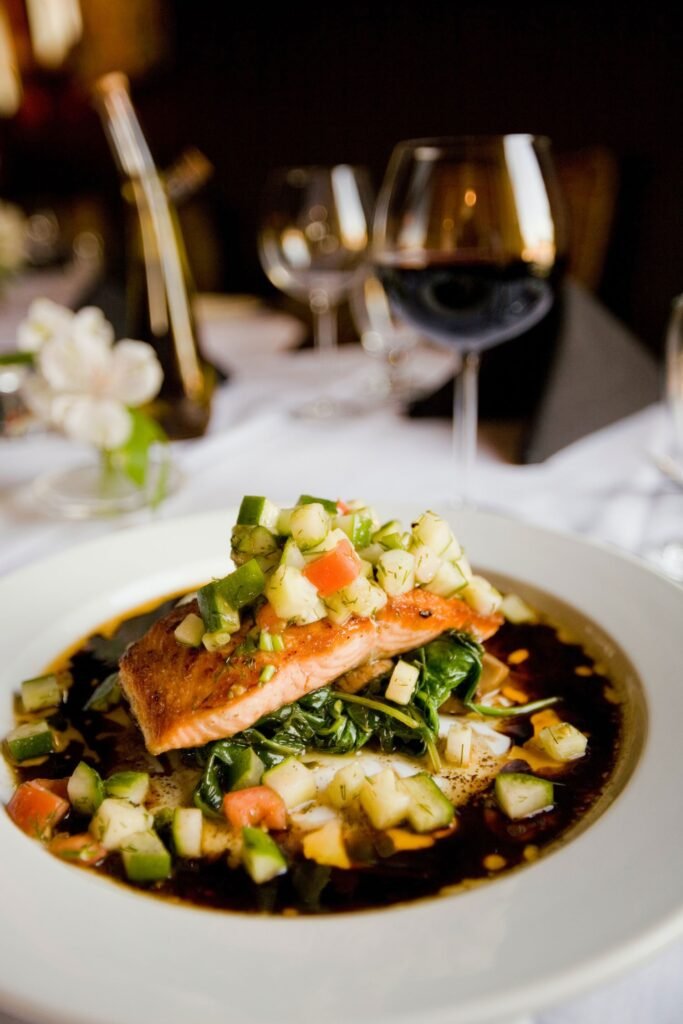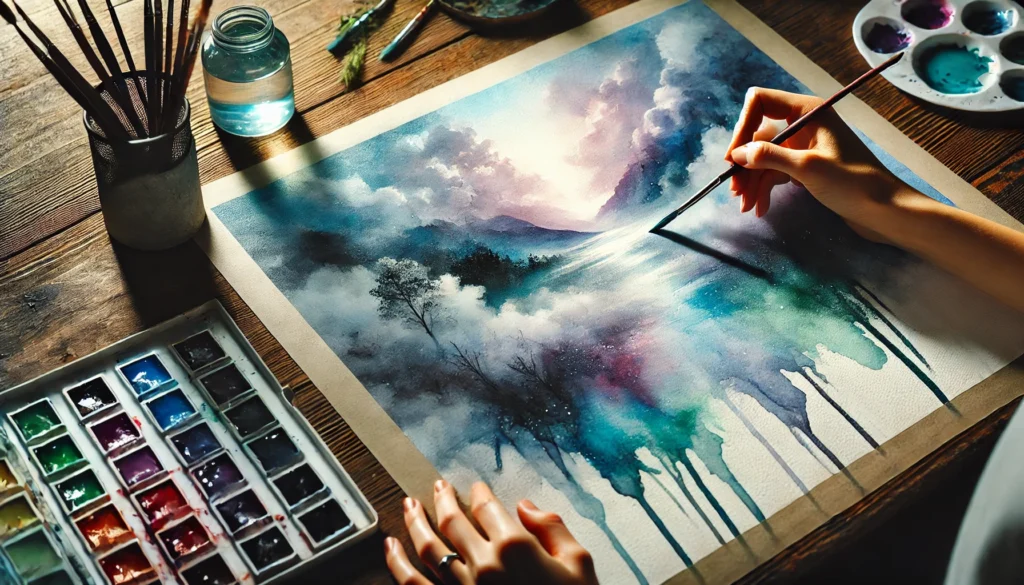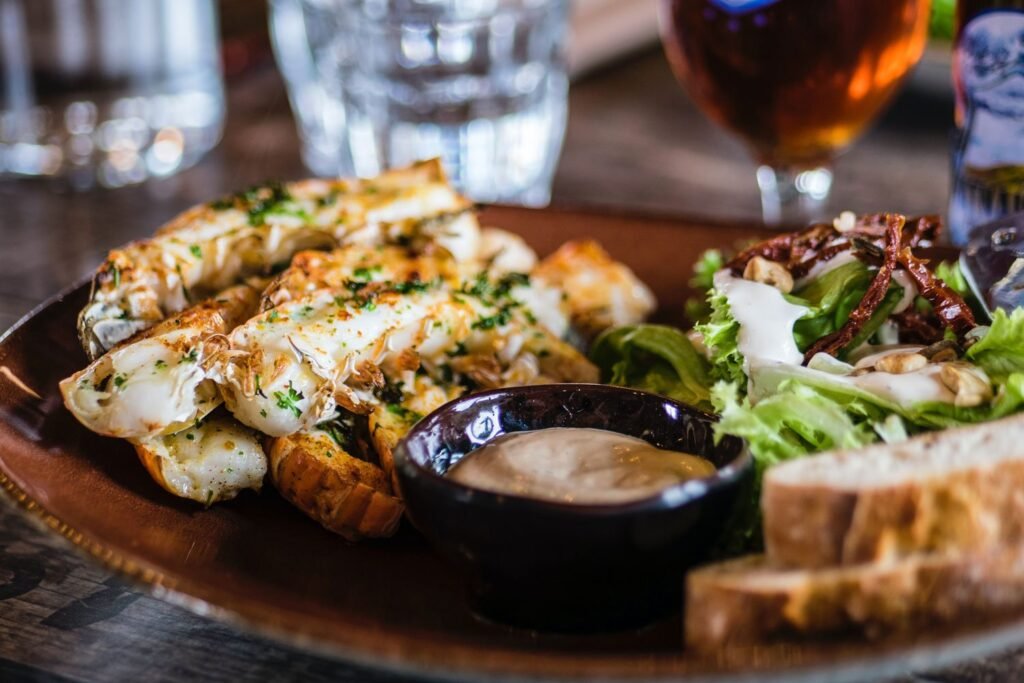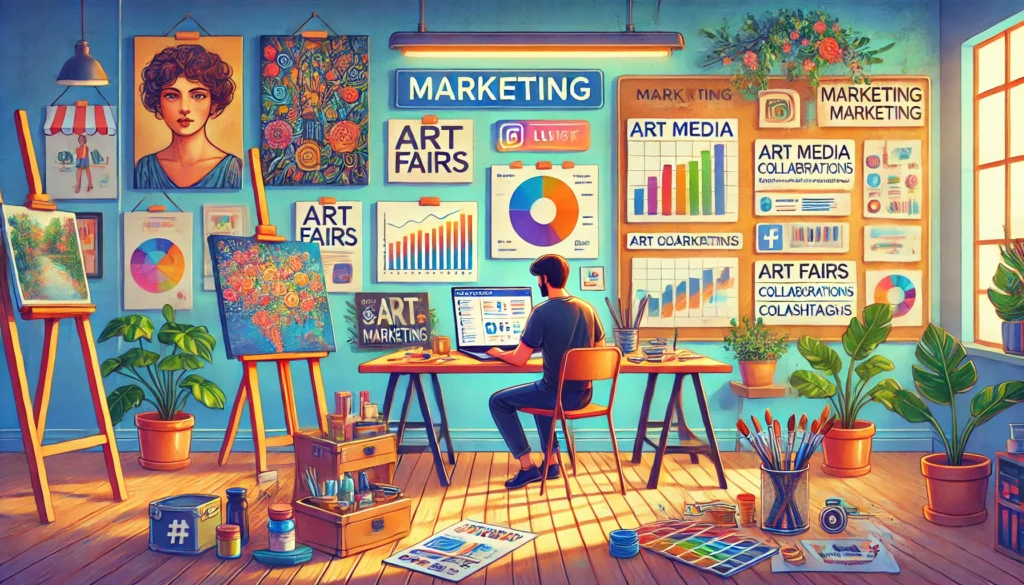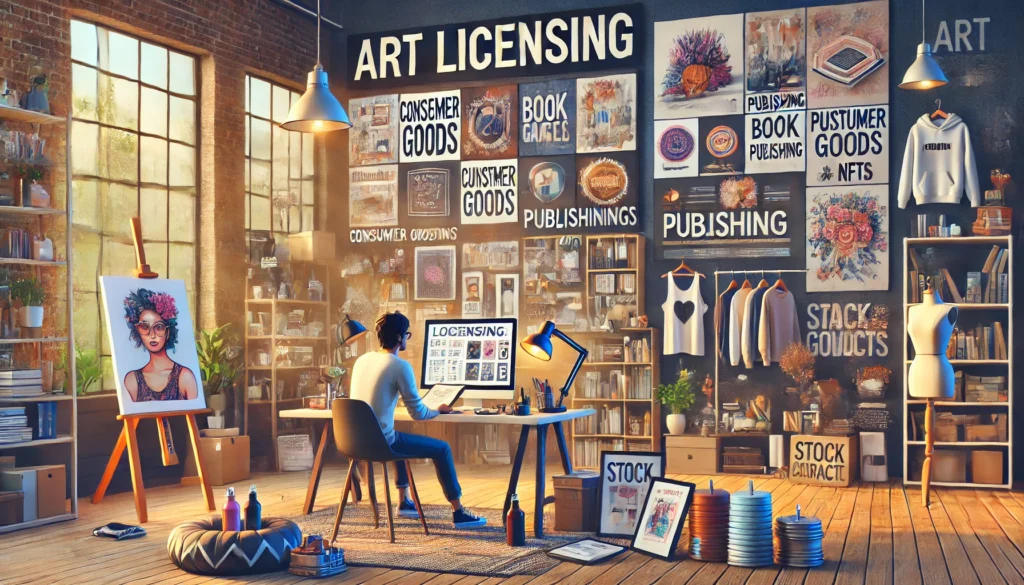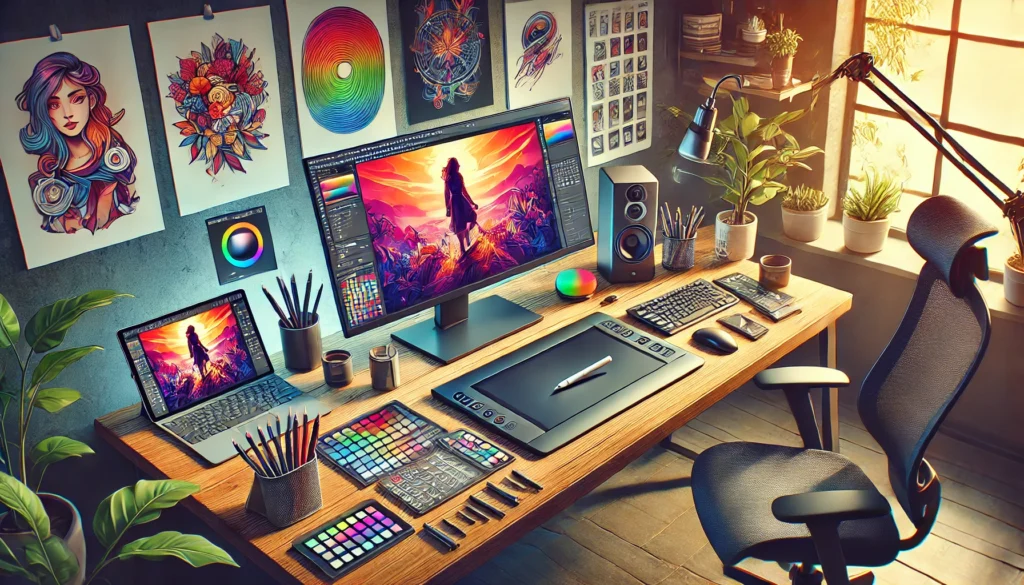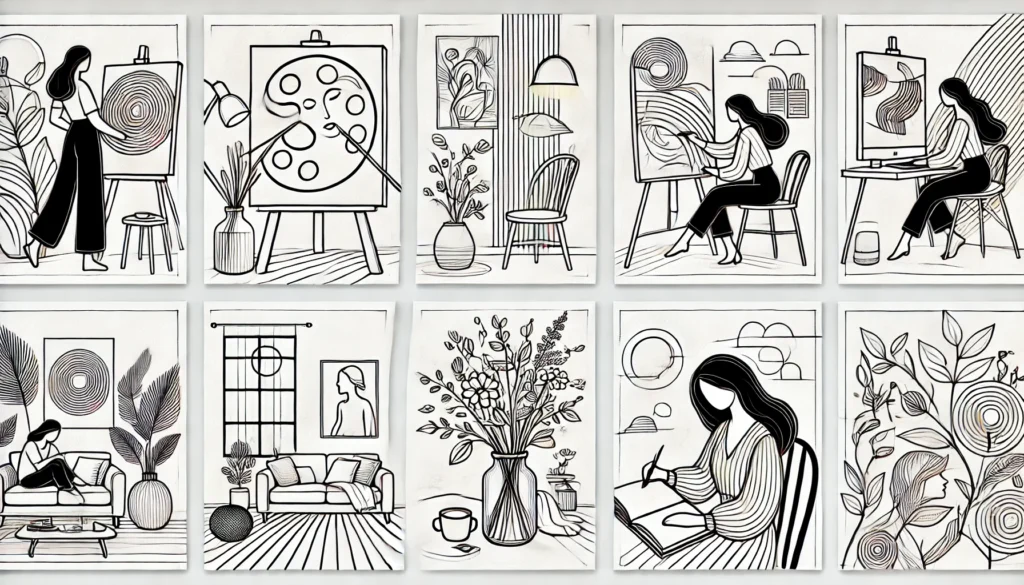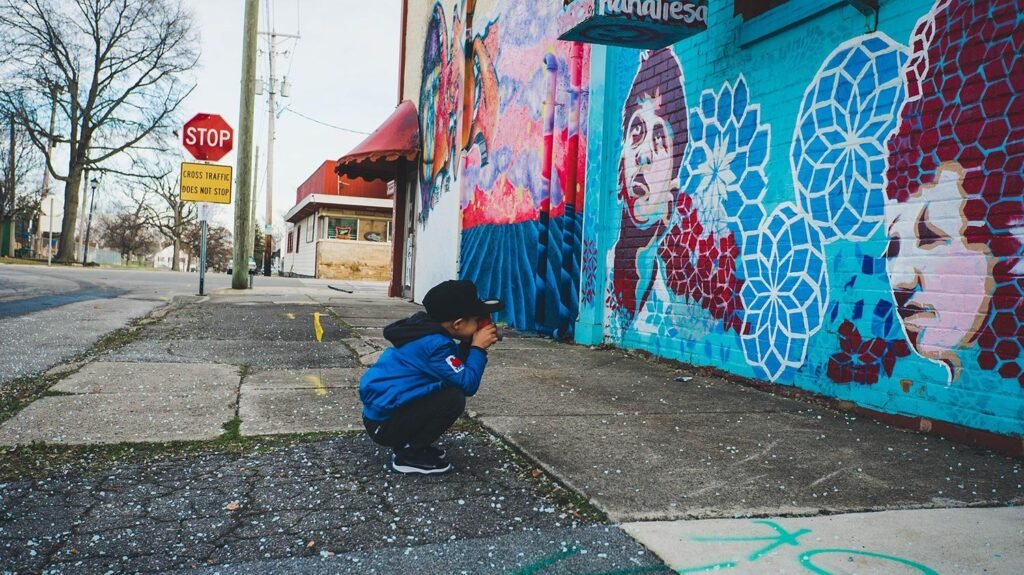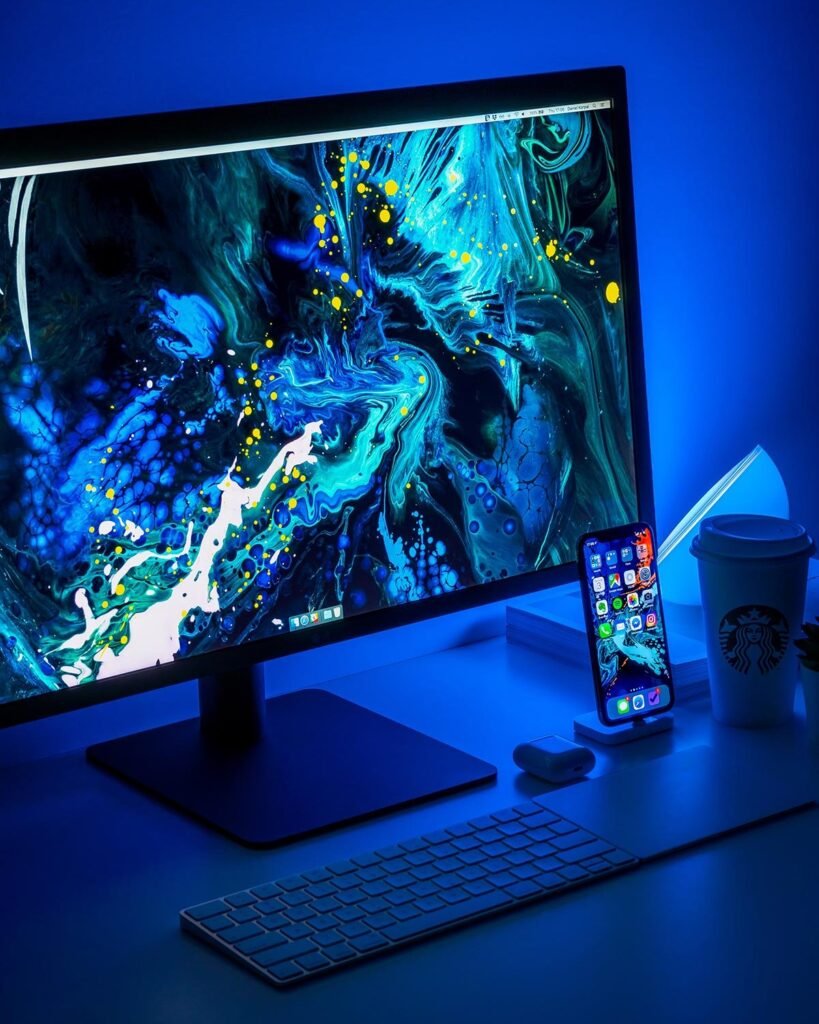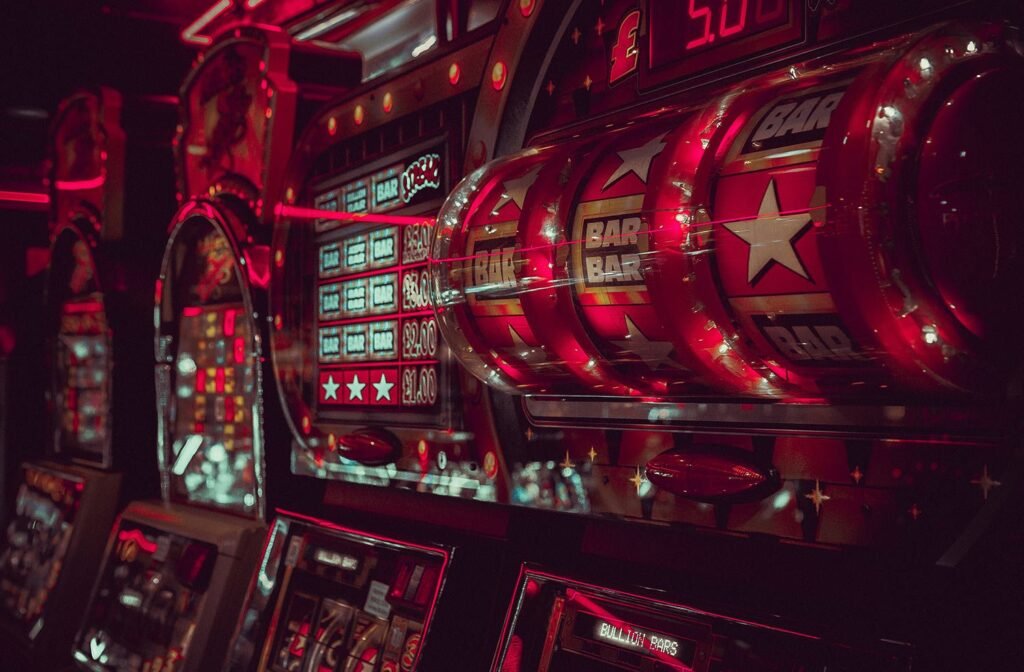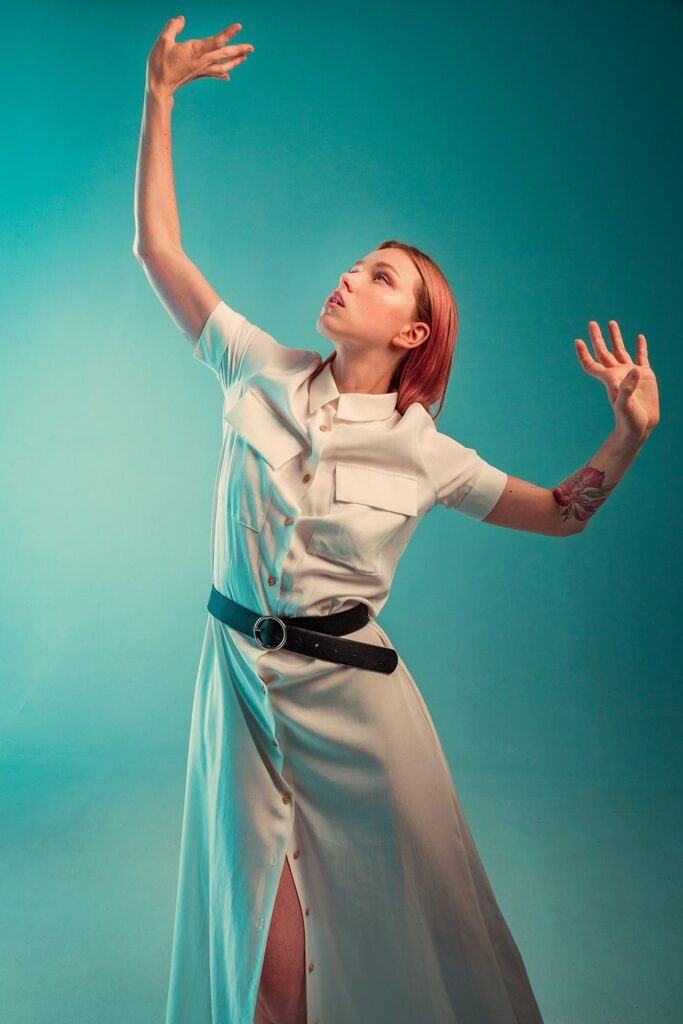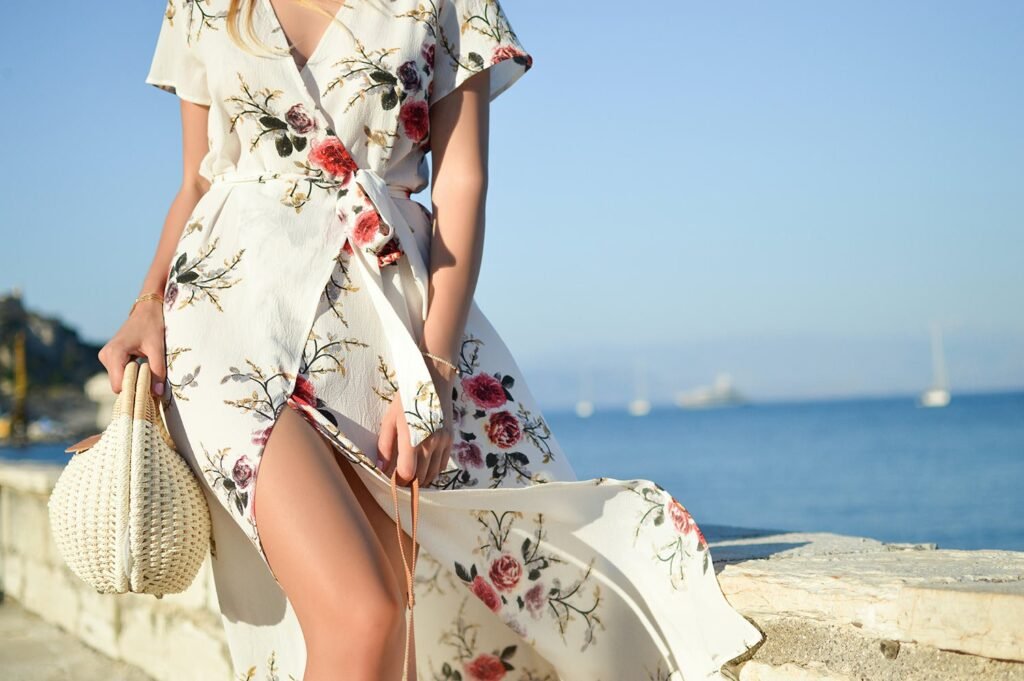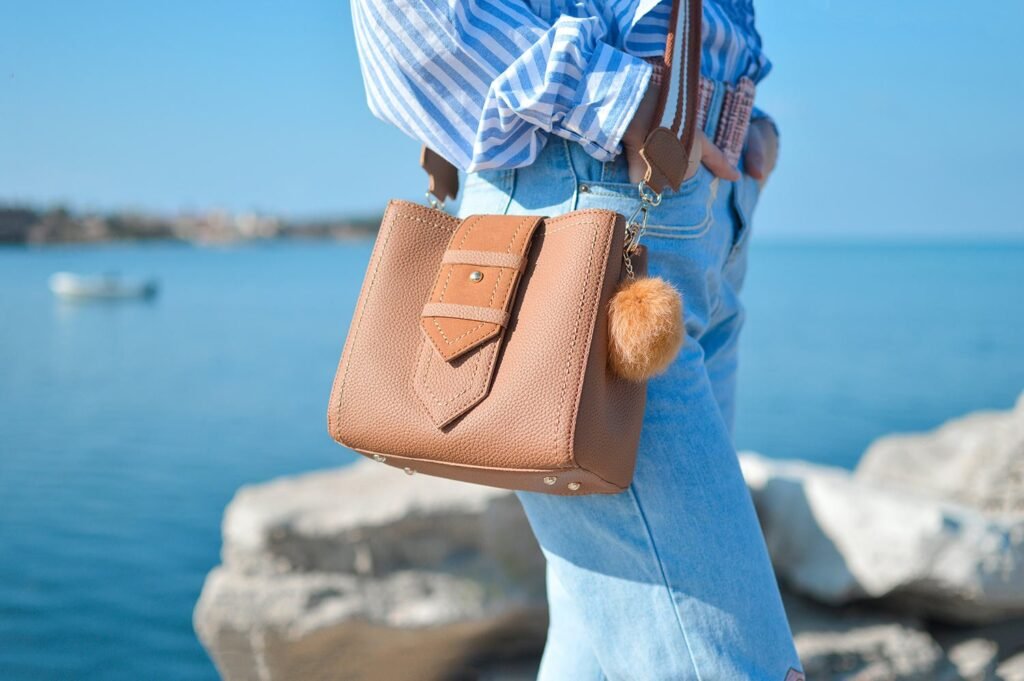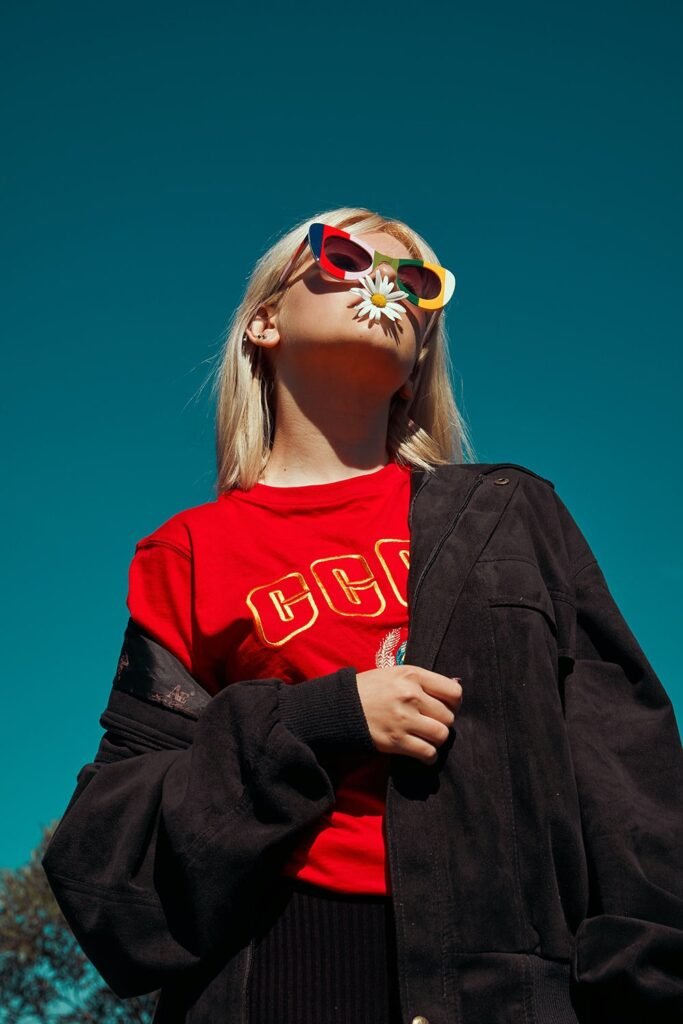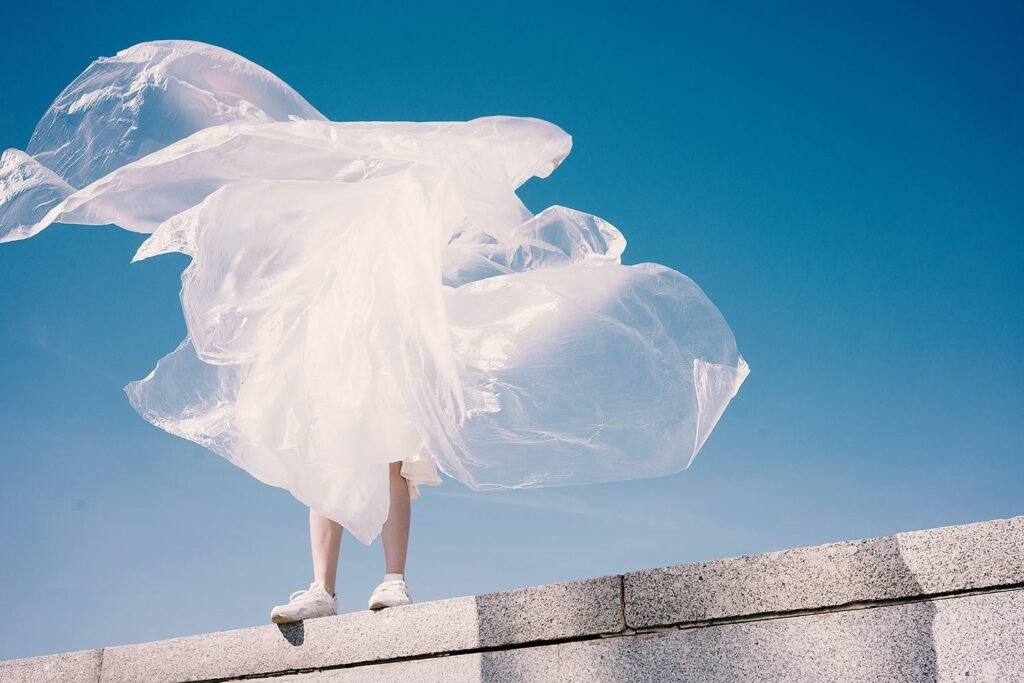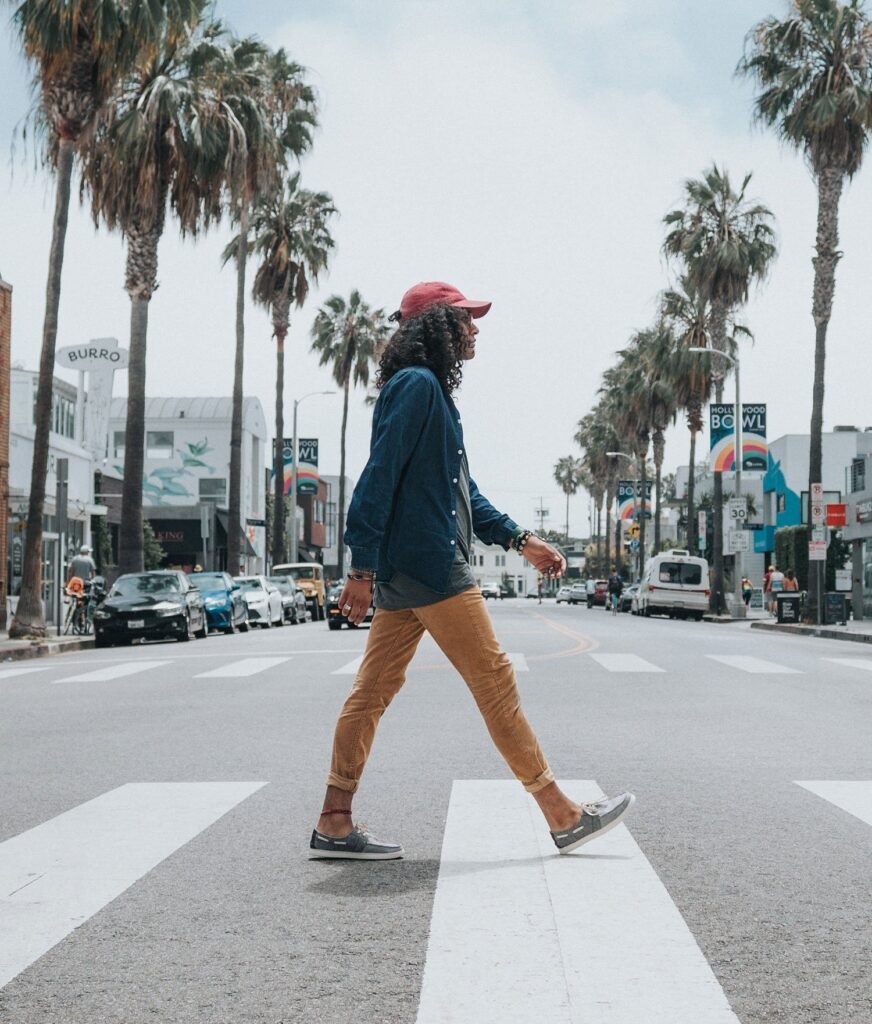Top Art Exhibitions to Join: A Guide for Artists

Participating in art exhibitions is a powerful way to showcase your work, connect with audiences, and build your artistic reputation. Whether you’re a seasoned artist or just starting out, here’s a guide to finding and preparing for top art exhibitions.
1. Understand the Types of Art Exhibitions
Knowing the different types of exhibitions helps you choose the right platform:
- Juried Exhibitions: Competitive events where a panel selects artworks for display.
- Solo Exhibitions: Focus solely on your work, offering maximum exposure.
- Group Exhibitions: Share the space with other artists, ideal for networking.
- Themed Exhibitions: Focus on a specific theme, aligning with your style and message.
- Art Fairs: Large-scale events with a diverse audience, often including collectors and galleries.
2. Research Prestigious Exhibitions
Explore renowned exhibitions that can elevate your career:
- Venice Biennale (Italy): One of the world’s most prestigious art events.
- Art Basel (Switzerland, Miami, Hong Kong): A premier platform for modern and contemporary art.
- The Whitney Biennial (USA): Celebrates emerging and established American artists.
- Frieze Art Fair (London, New York, Los Angeles): Features cutting-edge contemporary art.
- Documenta (Germany): A global platform for experimental and conceptual art.
3. Seek Local Opportunities
Local exhibitions and galleries are excellent starting points for building your profile:
- Community Art Centers: Provide platforms for emerging artists.
- University Galleries: Often showcase work from students and local creators.
- City Art Festivals: Attract a diverse audience, including potential buyers.
- Pop-Up Exhibitions: Temporary spaces that offer flexibility and exposure.
4. Use Online Platforms to Discover Opportunities
Find exhibitions that match your style and goals:
- CaFÉ (Call for Entry): A comprehensive platform for art calls and competitions.
- ArtRabbit: Lists exhibitions and events worldwide.
- The Art Guide: Features exhibition opportunities in various regions.
- Zapplication: Focused on juried art shows and fairs.
5. Prepare a Strong Application
Stand out during the selection process with a professional application:
- Portfolio: Include high-quality images of your best work.
- Artist Statement: Clearly articulate your vision and process.
- CV/Resume: Highlight your exhibitions, awards, and accomplishments.
- Tailored Proposal: Align your submission with the exhibition’s theme or goals.
6. Network with Galleries and Curators
Building relationships can lead to exhibition invitations:
- Attend gallery openings and art events to meet curators.
- Join local or online art communities to connect with peers and professionals.
- Reach out to galleries with a well-prepared portfolio and cover letter.
7. Prepare Your Artwork for Display
Ensure your work is ready for presentation:
- Framing and Mounting: Use professional materials that enhance your art.
- Labeling: Include titles, dimensions, mediums, and prices (if for sale).
- Shipping: Pack securely to prevent damage during transit.
8. Promote Your Participation
Maximize your exposure by marketing your involvement:
- Social Media: Share behind-the-scenes content, invitations, and event details.
- Email Newsletters: Inform your subscribers about the exhibition.
- Press Releases: Reach out to local media or art blogs for coverage.
- Collaborations: Partner with other artists to cross-promote the event.
9. Engage with the Audience
Connecting with attendees creates lasting impressions:
- Be present during exhibition hours to discuss your work.
- Offer business cards or brochures with contact information.
- Collect feedback and engage with potential buyers or collaborators.
10. Follow Up After the Exhibition
Post-event actions help maintain momentum:
- Send thank-you notes to organizers and curators.
- Share highlights and photos from the event on social media.
- Reach out to new contacts, including potential clients or galleries.
Conclusion
Participating in art exhibitions is a rewarding experience that can enhance your career and expand your network. By choosing the right exhibitions, preparing effectively, and engaging with your audience, you can maximize the impact of your participation and open doors to future opportunities. Start small, stay consistent, and watch your art career flourish!


















